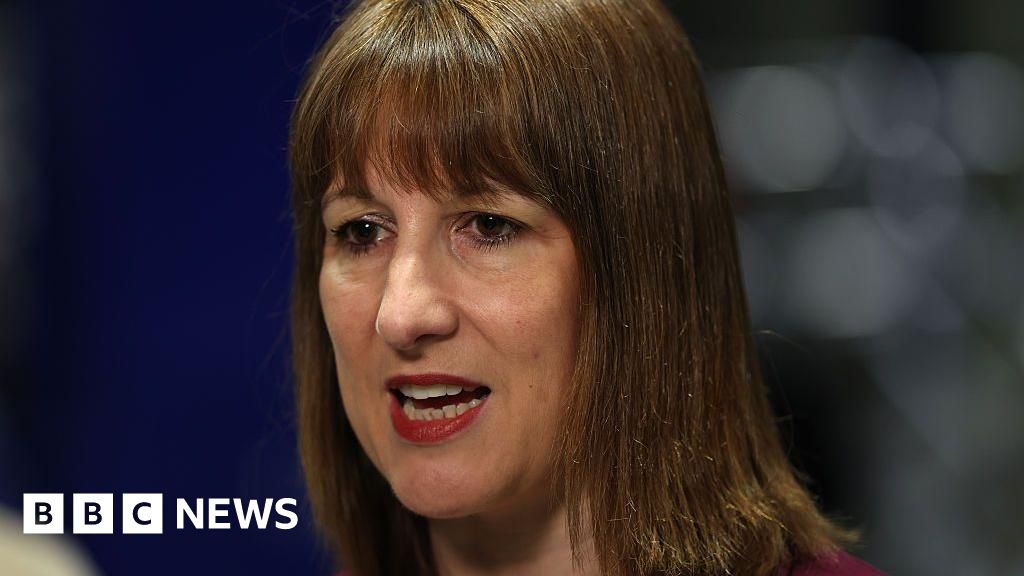This piece is part of an ongoing series exploring my perspective on the changing role of the CPO. You can read Part 1 on Why A Strong CEO And CPO Partnership Is Critical For A Strategic People Function.
It has long been my belief that, after the CEO and Chief Financial Officer (CFO), the person in the … [+]
getty
It has long been my belief that, after the CEO and Chief Financial Officer (CFO), the person in the C-Suite who has the most responsibility to understand the financials of the business should be the CPO. This may seem counterintuitive, but in our information and knowledge economy, the largest line item on most businesses’ balance sheets is the people. That includes both the direct costs such as payroll, benefits, perks, and real estate, and the indirect costs such as maintaining and engaging those employees to be productive and impactful.
In the intricate web of revenues, costs, and investments, a CPO’s responsibility is unique: we have a bird’s eye view – and a front seat – to connect the dots between the human capital and financial capital of a company. And that’s also why one of the most important partnerships within the C-Suite is the one between a CPO and a CFO.
Understanding the financial landscape of your company
In our current business world, decisions are often made at a financial level, with the CPO being the recipient of a budget, dictated headcount allocations, or left to deal with downstream implications of these financial decisions. In order to break this cycle and be involved earlier in the decision making process, a CPO must first become fluent in the language of finance. This means there is a responsibility to not only understand balance sheets, income statements, and departmental budgets, but also the financial implications of human capital decisions and tradeoffs across the organization. In my experience, if you are able to be in partnership early and often with your CFO (as well as your CEO and Board), there is a huge opportunity to influence how these decisions and tradeoffs are made, ultimately positioning a strategic CPO to have more control in human capital outcomes of the company.
The first step? Ask good questions to better understand your company’s financial landscape: Where is the company in its lifecycle? What stage of funding is the business in and what are the markers of success in that stage (e.g. early stage companies have a lot less pressure to show profitability than later stage companies, and that can heavily dictate decisions)? Where did your organization end up for the year and how does that compare to the company’s annual plan? Based on all of this, what, if any, shifts (positive or negative) are required the way you operate?
I understand this can feel like an overwhelming undertaking with everything else on the People leader’s plate, but the shift from tactical to strategic happens when you get into the details.
The second step: get help when you need it. My recommendation: ask your CFO for help, and make yourself vulnerable to gaps you may have. Lattice’s CFO, Gabe Cortes, told me recently: “Your willingness to sit with me and ask me questions about the company’s financials shows a tenacity and an enthusiasm to learn and grow. And when I have questions around people management, org structure, or internal communications, I go to you. It is a great peer-to-peer opportunity to build partnership and alignment for both of us.”
Leading with data
I will be the first to admit that many of my day-to-day decisions are based on an intuition around what is right for our employees and the long term organizational health of our company. This intuition comes from growing up in HR and multiple reps leading the People function across fast-growing organizations. It is often second nature; after all, I am “humaning” and sometimes there is no “data,” right? This fallacy is where CPOs and People teams often fall short. I have to proactively remind myself that even if something seems straightforward, my peer set may not have the same reps I have and they may need some more evidence based arguments to understand my perspectives and decisions. While the data may seem squishy at times, a good best practice is to first lead with data, and second with the emotional argument. Both have a place, but speaking the language of business will get you much further in moving forward the people agenda.
The most straightforward way in which People leaders can come to the table with data is to build business cases for all decisions and expenditures. If you can articulate, in a written manner, what decision needs to be made, what are the impacts and tradeoffs of that decision, and what alternative options exist, as well as the costs (tangible and intangible) associated with the decisions, that fundamentally is leading with data.
Do you believe an expenditure will be impactful to the organization culture but it’s hard to quantify? Try. I’ll give a simple example: want to spend money on some employee engagement activities? Let’s assume that if after participating in the activity, employees feel more connected to their peers, does that benefit justify the cost of travel or other expenses? In numbers, let’s say those who participated are 5% more efficient for three months as a result of increased connection and engagement. On a fully loaded salary (salary, benefits, perks) of, let’s say $100/hour, that translates to $2600 of impact per employee. If the cost of the program is less than $2600 per employee, the business case is straightforward.
Another example: I am a big believer in benefits that encompass and support women’s hormonal and reproductive health in the workplace. Of course these programs such as fertility benefits or menopause support cost the company money, so let’s justify the expense: how much money will be saved by keeping [x]% of the women at the company for one extra year longer than the average than their current tenure? Quantify the recruiting costs (especially for those ‘hard to fill’ roles in functions such as in the engineering department). Does the ‘savings’ of retention justify the expenses? In many cases we are putting assumptions out there, but working in partnership with your CFO and other business leaders, at a minimum there is something quantifiable and logical to use as a starting point.
A key takeaway here: alignment on the business case for expenditures can change over time, which may require hard, emotionally charged conversations. Open conversations early and often can stave off larger disagreements later and create trust between for a CPO/CFO relationship. A CPO feeling a solution oriented partnership from a CFO, and a CFO knowing that the CPO understands a ‘no’ is not necessarily a reflection of personal values (e.g. of course that company offsite sounds like a great idea…personally!), is a fertile breeding ground for the long-term financial and organizational health of any organization.
Finally, leading with data means measuring and monitoring the data you do have easily available, and helping other leaders see the correlation between people-related decisions and financial outcomes of the organization. There are incredible people leaders that focus their entire careers on people analytics, so I will not go into much depth here as there are many articles, books, and conferences focused just on this topic. At Lattice, a few metrics we have built and monitor over time in our business reviews include: revenue per employee, average salary per employee, average benefit + perk cost per employee, the fully loaded cost per employee/contingent worker, and in our increasingly distributed world, cost of real estate per employee.
Pro tip: whatever metrics you choose should be measured consistently, but also benchmarked against your industry and optimized for your company’s strategic goals. A metric without a benchmark or goal is just “interesting” but not impactful.
Aligning people strategy with financial goals
Ultimately understanding the financials and leading with data builds up to the big impact a financially savvy CPO can have: supporting the CFO in optimizing resource allocation. The unique attribute People teams have is that they see human capital decisions made across the organization, while leaders and managers see these decisions in a silo.
Whether it be building a team or operational efficiency, a key differentiator for a strategic CPO is the ability to ask questions of employees, leaders, and managers: If you could not get this role hired, what are other ways to get this work done? There are multiple 1:1:1 relationships in your organization, what is creating these spans and layers issues? What technologies could also accomplish this work? Are there ways to stretch a budget further by thinking through our location strategy for some of this work?
Another area HR can be helpful: we often hear about the tangible and intangible inefficiencies in the organization before others: Managers complaining about too many meetings? Employees frustrated about too many systems and too much time to do administrative tasks? Departments unsure what is happening in other departments? By spotting – and driving leaders to fix – these areas of organizational friction, People teams have incredible power to free up budget and time for the organization, impacting the bottom line and influencing how money is spent.
A strong CPO has the ability to understand the financial implications of human capital decisions across the organization, and ensure that people-related investments are aligned with the organization’s financial capabilities and goals. The partnership between a CPO and CFO is about building together. It begins with mutual respect for each other’s expertise and extends to shared goals. Regular, open communication lays the foundation, and when the CPO and CFO step in harmony, the entire organization moves forward, not just in financial gains, but in the cultivation of a vibrant, engaged, and motivated workforce, ready to face the challenges of the future.
Credit: Source link










